

Matt Robinson
2026 Skoda Fabia 130 review: Quick drive
10 Minutes Ago

News Editor
Lotus will reveal its first SUV in the Northern Hemisphere’s Spring (our Autumn) next year.
It’s also given some brief glimpses at the upcoming electric crossover, which it’s referring to as the Type 132.
The latest teaser is a fashionable affair with four separate teasers of the SUV interspersed among clips of two attractive people being attractive.
We get a look at four different aspects of the Type 132 which Lotus refers to as Awaken, Breathe, See and Stretch.
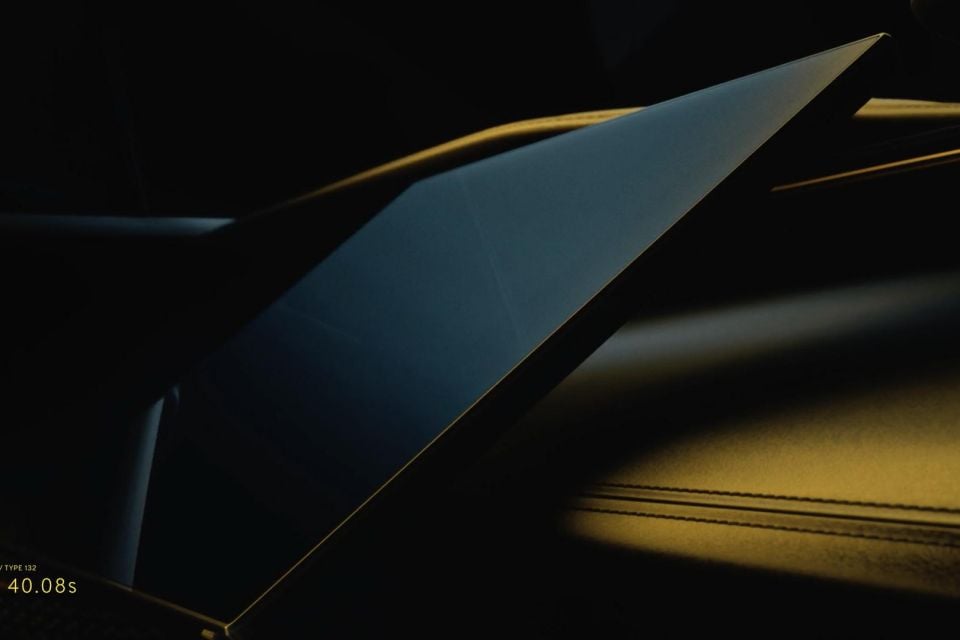
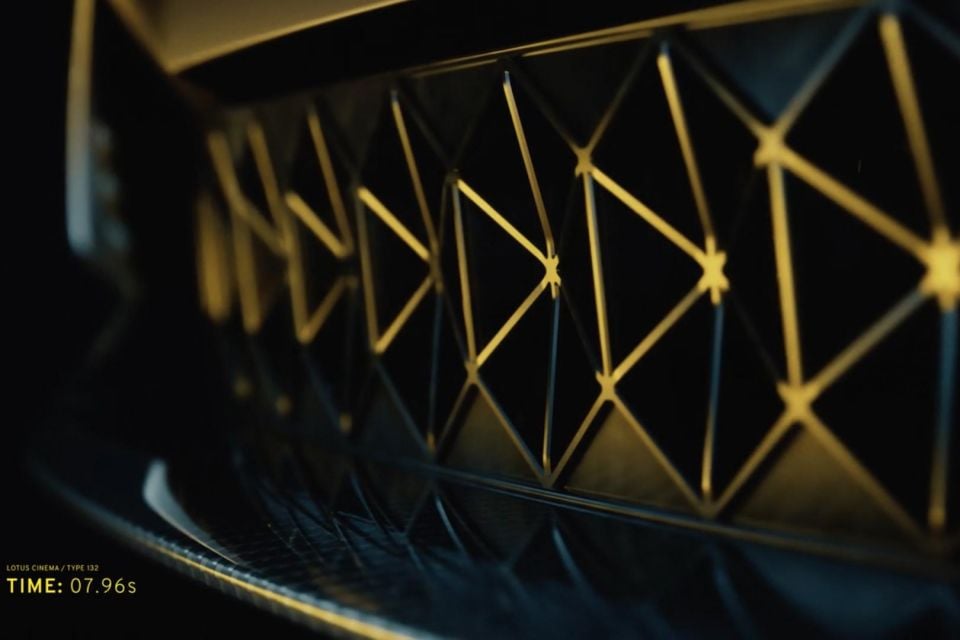
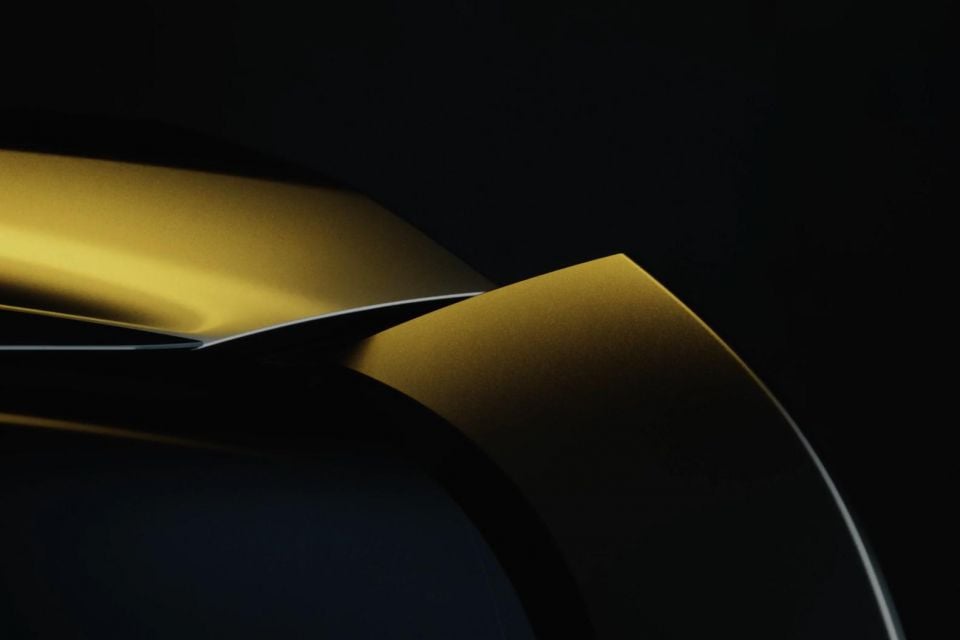
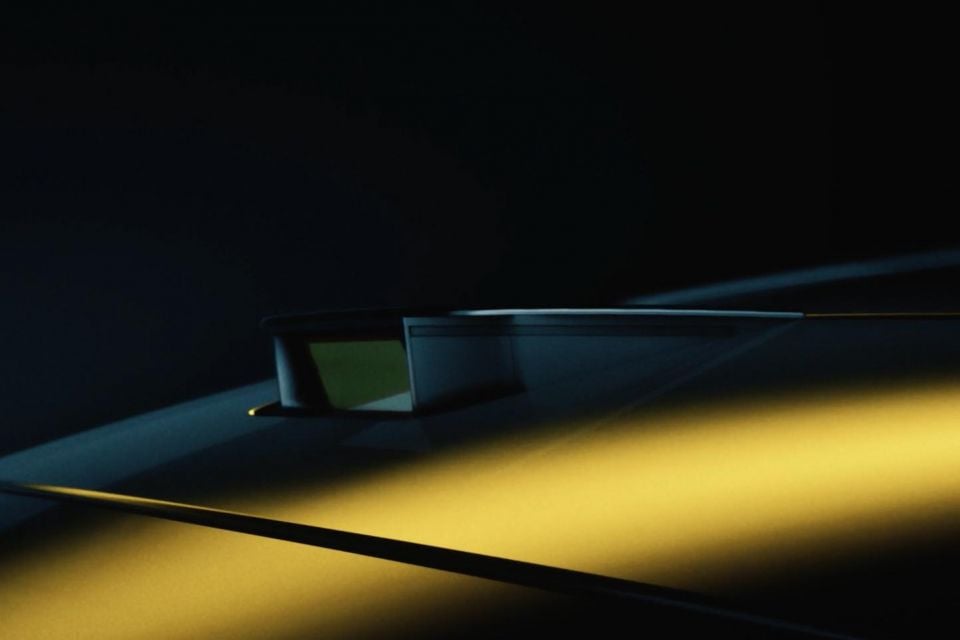
Stretch previews the car’s active rear aero, with the company nodding to its long motorsport history.
Breathe is a close-up of the active grille shutters, designed to aid cooling and enhance aerodynamics.
See gives us a look at the frontal LIDAR sensor that’ll power the car’s active safety and driver assist technology, while Awaken shows the large, tablet-style infotainment touchscreen rising from its position flat on the dash top upon starting the car.
The Type 132 SUV will be a rival for the Porsche Cayenne, and Lotus says it’ll follow it with an E-segment four-door coupe – think Mercedes-Benz CLS-size – in 2023.
Lotus is on the cusp of a significant expansion that’ll see it transformed into a higher-volume, more global electric vehicle brand.
The company has announced it’s launching four new electric models in the next five years, which will be built at a new factory in Wuhan, China that’s set to be completed later in 2021.
A D-segment SUV, the Type 134, will follow in 2025, while a sports car, the Type 135, will follow in 2026.
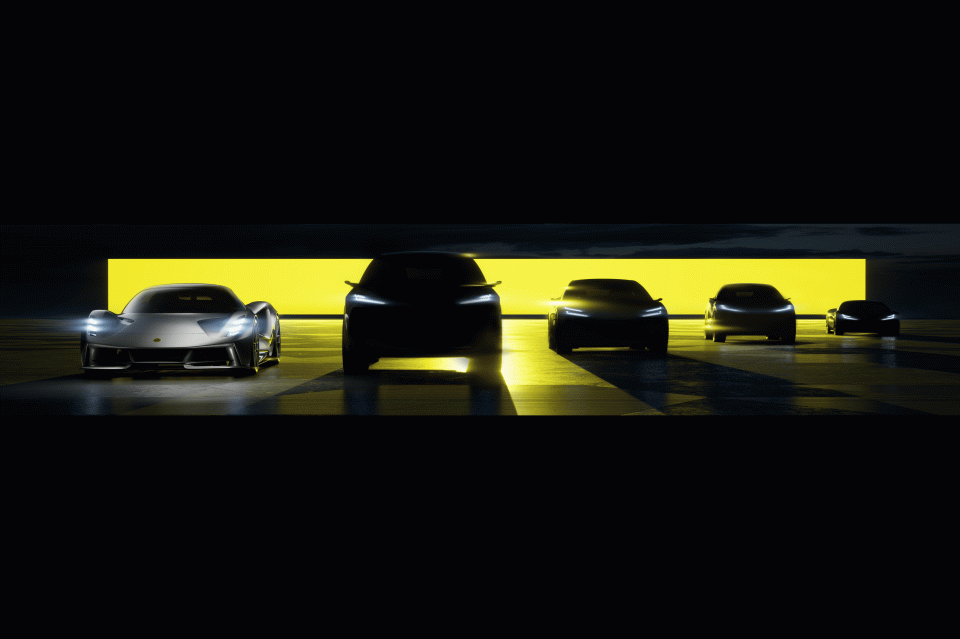
It’s previewed these models previously in a shadowy teaser.
These will join the all-electric Evija hypercar and the Emira, Lotus’ last petrol-powered car, which are manufactured at Hethel in the UK.
Lotus is in the process of rolling out four new platform architectures:
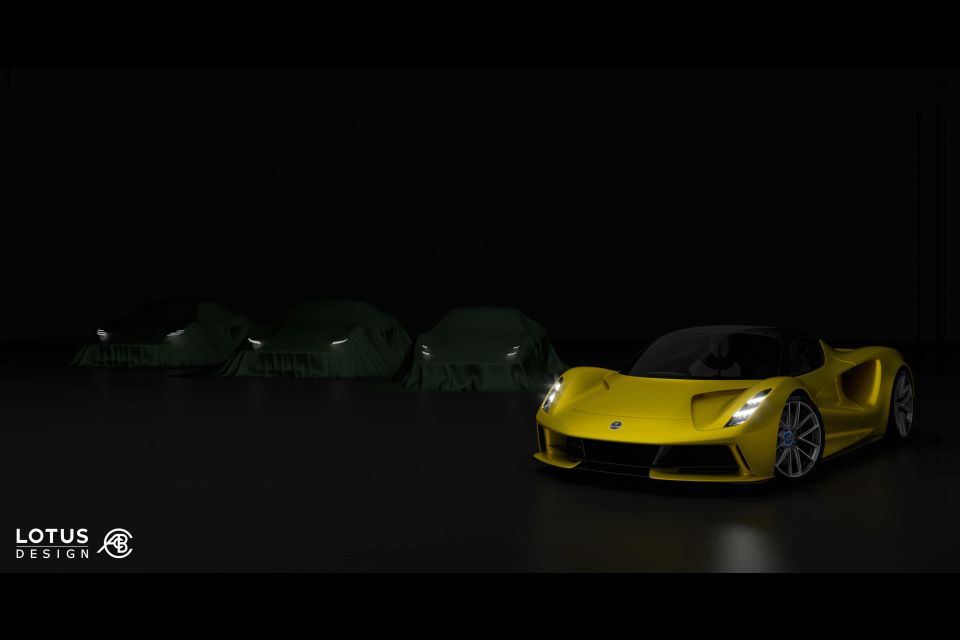
The Premium architecture has been designed to accommodate C-E segment vehicles, and Lotus says it supports a wheelbase range from 2889mm to 3100mm and could be expanded further.
Vehicles on this architecture will use 92-120kWh batteries with an 800V charging system, and will be capable of 0-100km/h times of under three seconds.
They’ll be built at the new Wuhan plant, which covers an area of over 1 million m2 and will have an annual production capacity of 150,000 vehicles.
Lotus has invested over 8 billion RMB (A$1.69 billion) in the plant, which the company says will be the first in the world with an “integrated intelligent test track” that can accommodate vehicles driving at speeds of up to 230km/h through 16 corners.
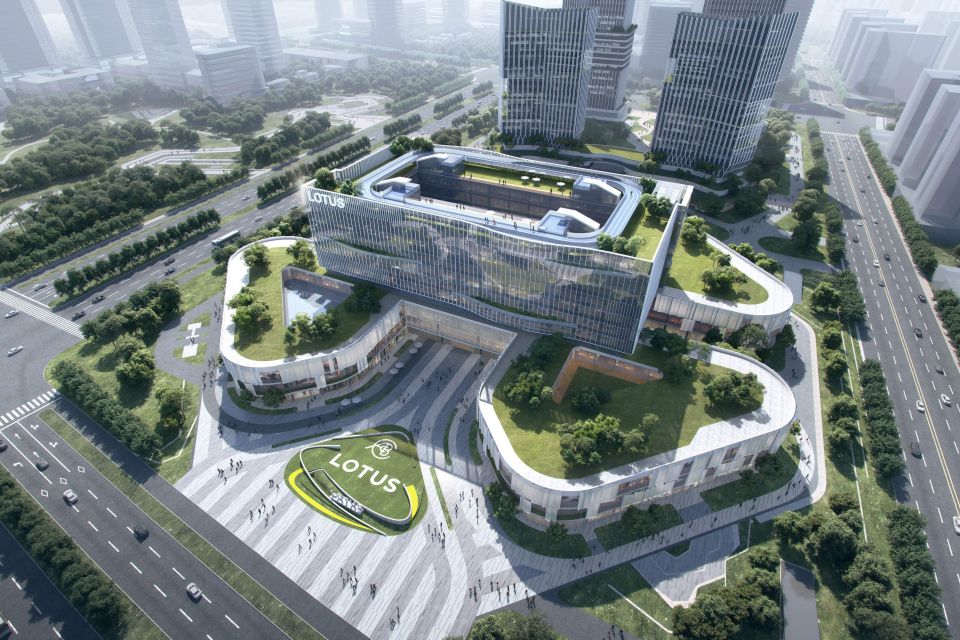
Vehicles can also be summoned into workshops without human intervention.
Lotus has established a new division, Lotus Technology, which the company says will “accelerate innovation in the fields of batteries and energy management, electric motors, electronic control systems, intelligent driving, intelligent manufacturing and more”.
The new division’s headquarters, located in Wuhan, will be completed in 2024.
Lotus has unveiled the concept of a ‘track-level intelligent drive’ system, which it says it wants to develop over the next decade.

The technology is designed “to assist drivers to perform as well as an F1 driver on track”, and uses both software and hardware to improve safety and performance.
While much of Lotus’ activity will be based in China, Lotus Technology and the company’s UK team will work together on development.
The UK operation will be responsible for the development and production of sports and hypercars, as well as coordinating Lotus’ global sales.
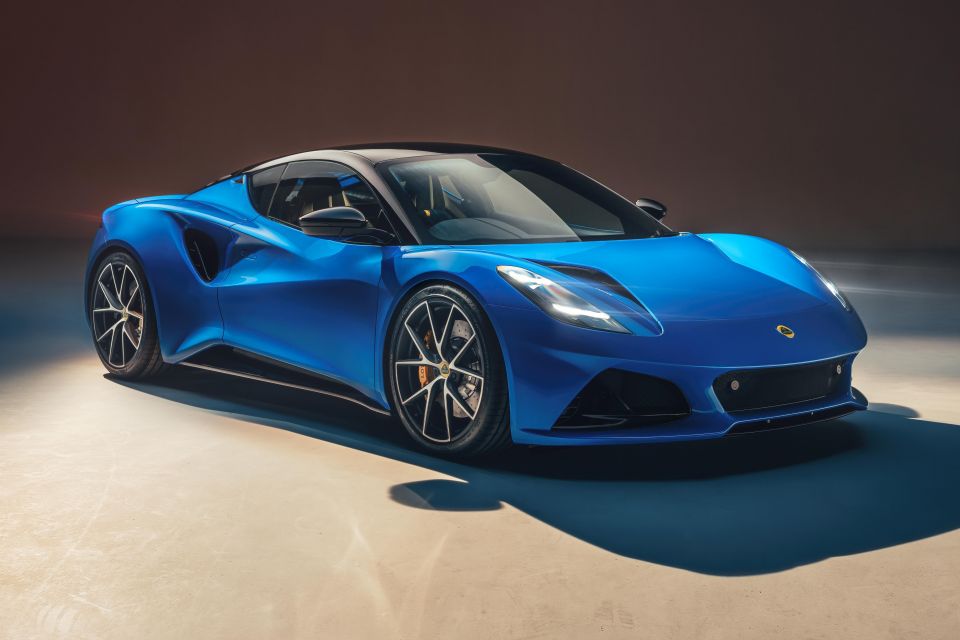
Lotus will also maintain its R&D team at the Lotus Technology Innovation Centre in Raunheim, Germany.
“Together the China and UK teams will empower our journey towards an expanded, intelligent and electric future, achieving the ambitions and goals that have been in the making for 73 years of the Lotus brand,” said Group Lotus CEO Feng Qingfeng.
One of the key investors in Lotus is Li Bin, founder of Chinese EV brand Nio, and Lotus says in the future “both parties may explore opportunities for mutually beneficial industrial cooperation”.
Where expert car reviews meet expert car buying – CarExpert gives you trusted advice, personalised service and real savings on your next new car.
William Stopford is an automotive journalist with a passion for mainstream cars, automotive history and overseas auto markets.


Matt Robinson
10 Minutes Ago


Damion Smy
10 Minutes Ago


Damion Smy
14 Hours Ago


Damion Smy
16 Hours Ago


Damion Smy
17 Hours Ago


Damion Smy
19 Hours Ago